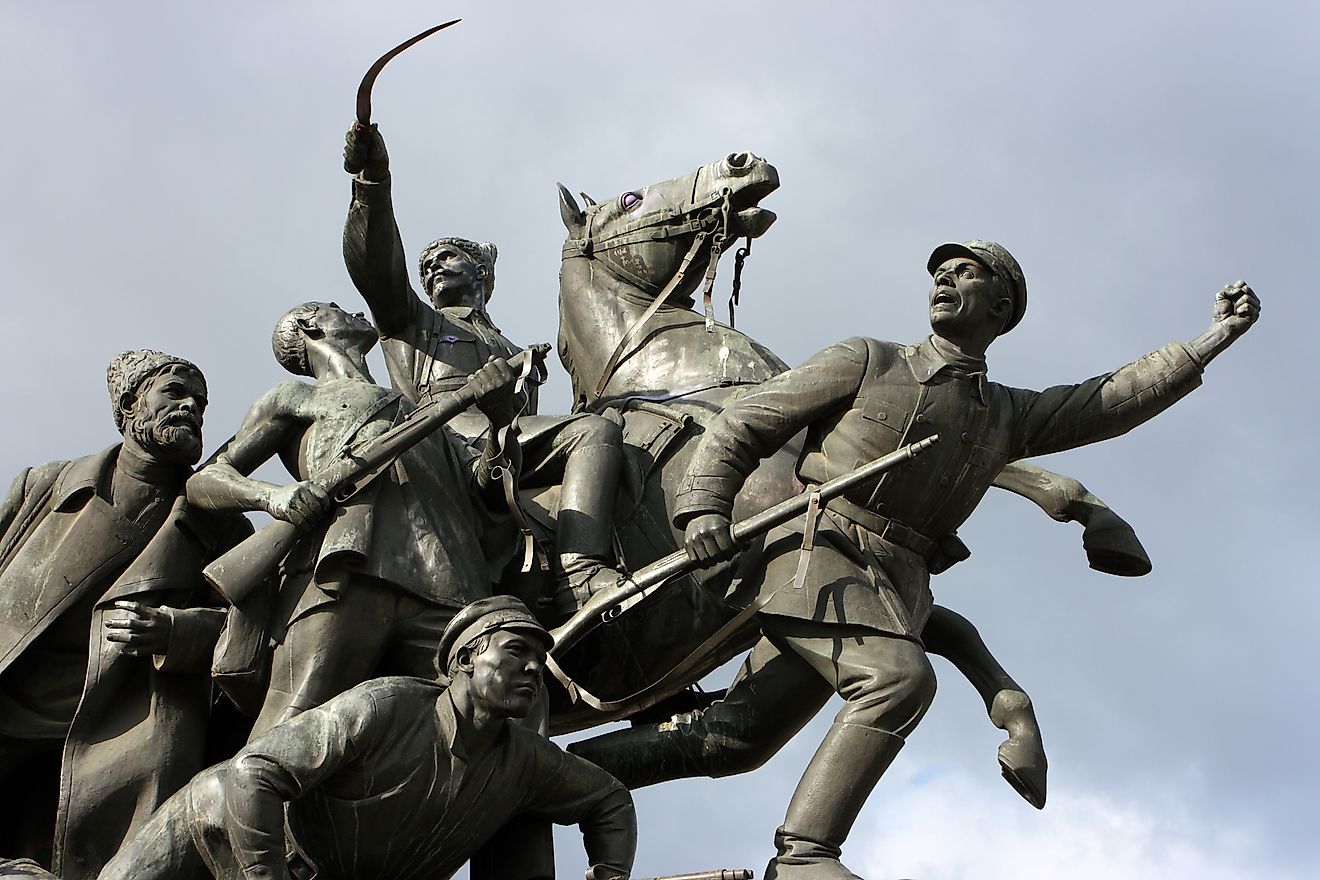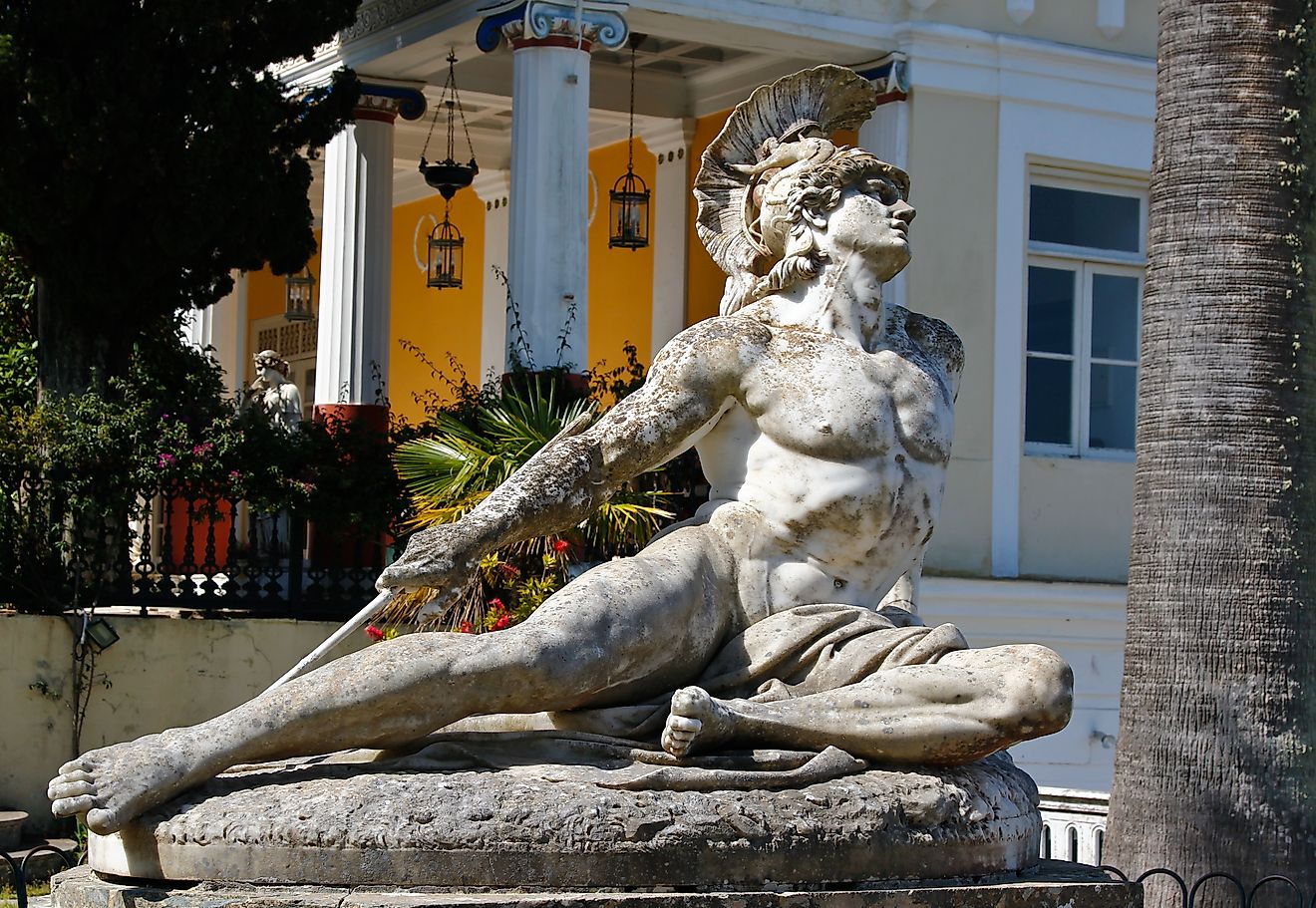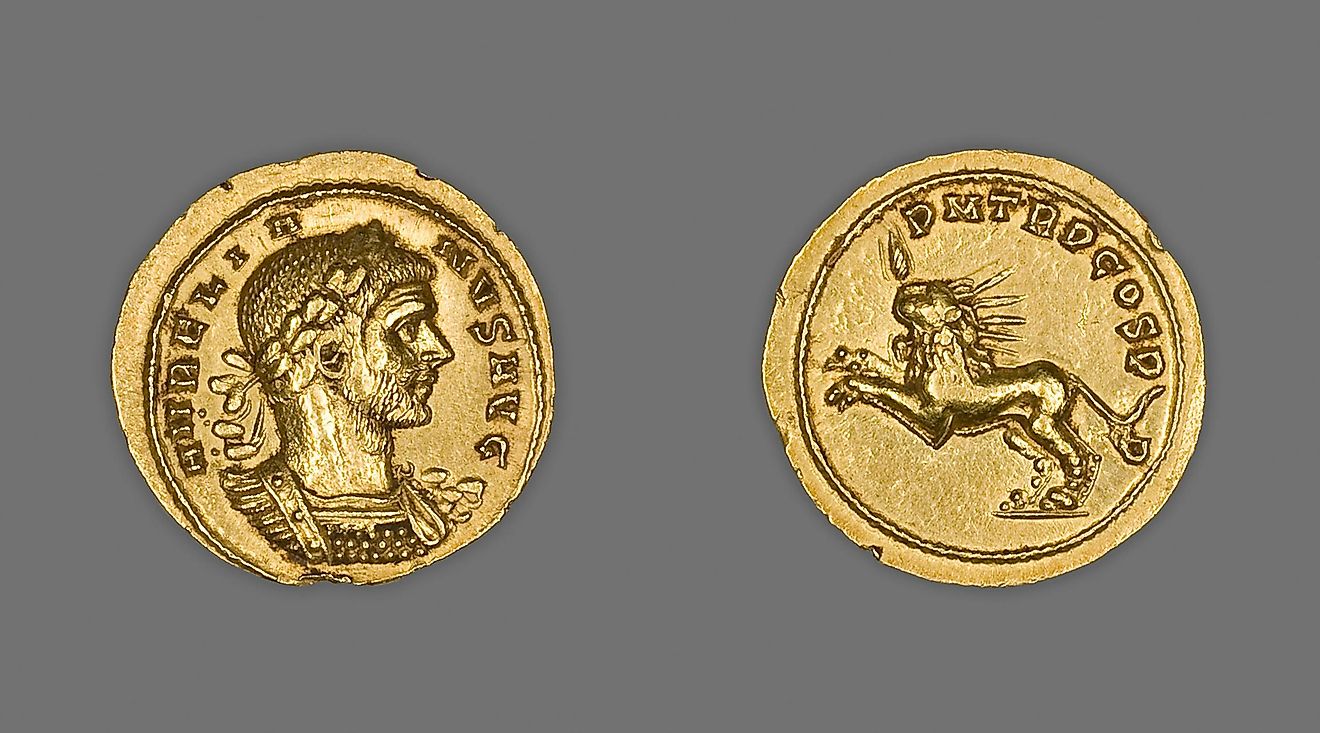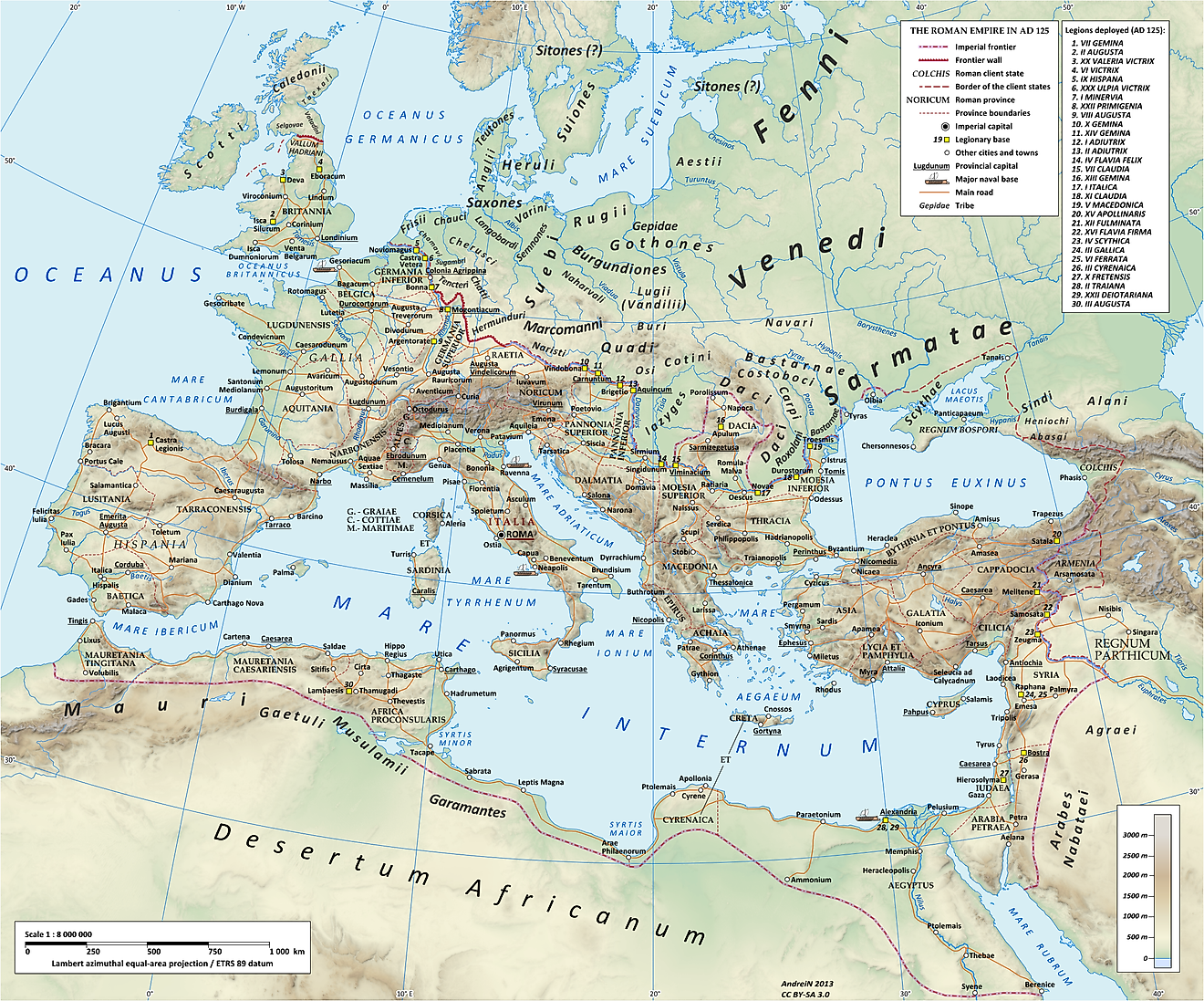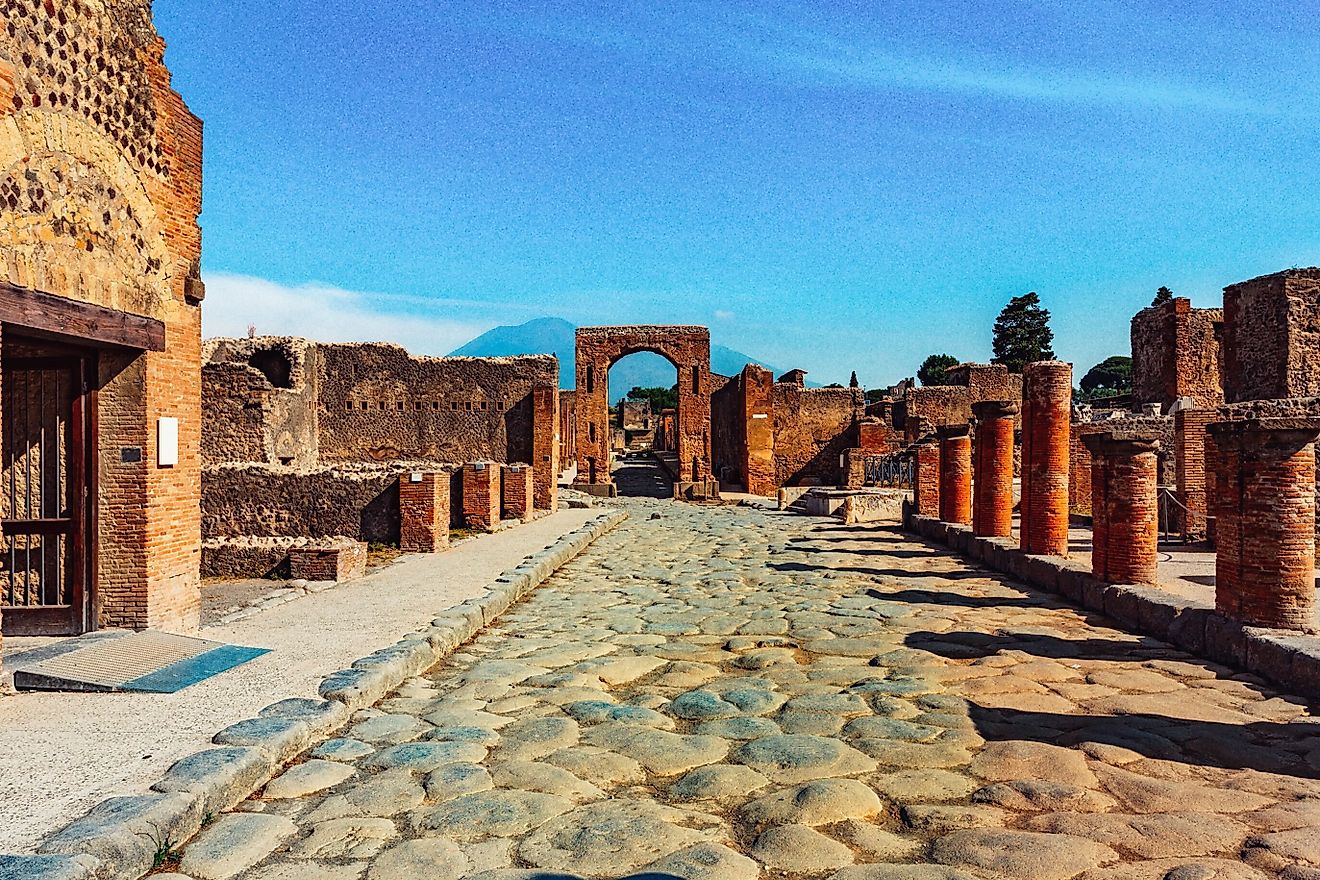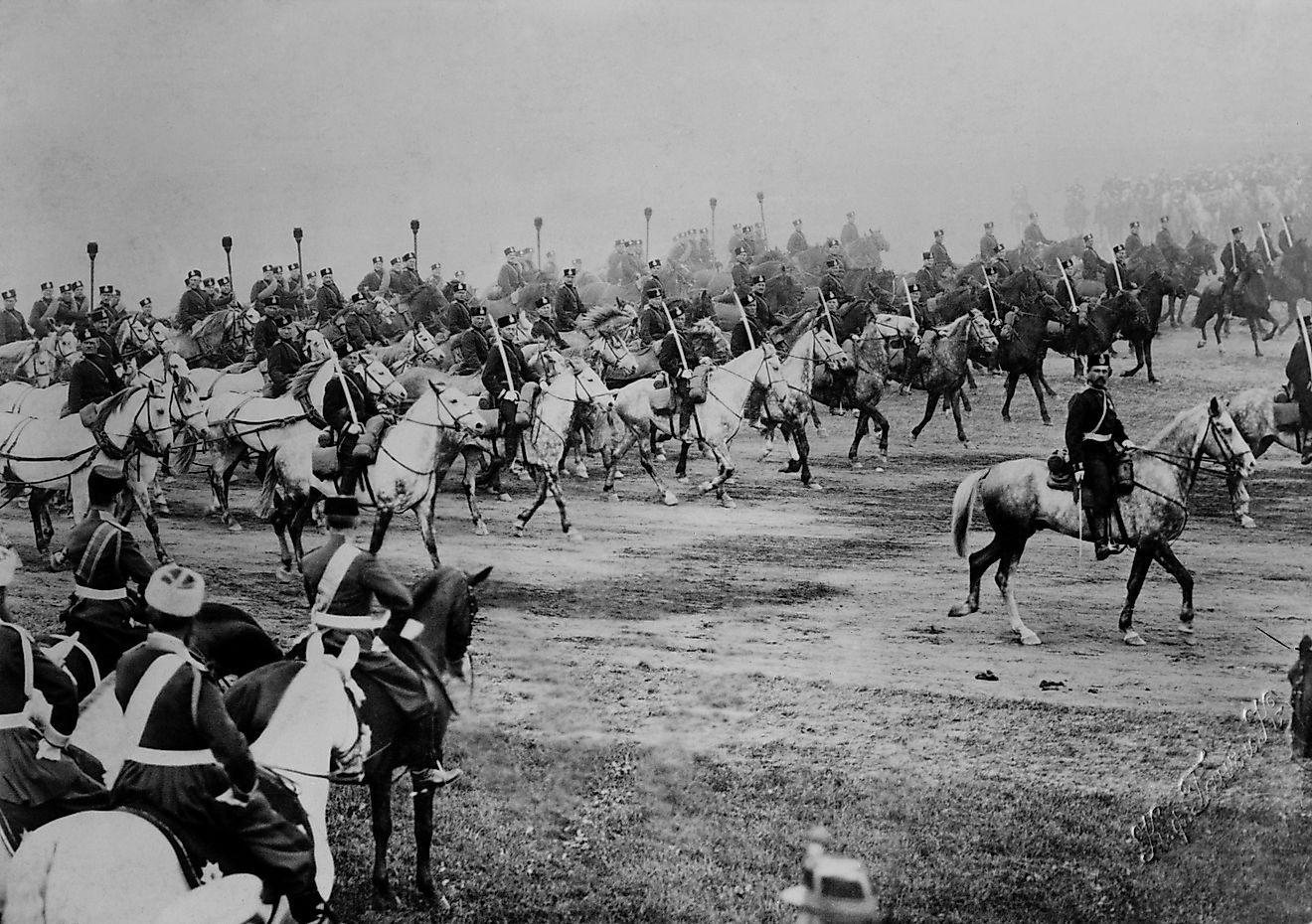
Who Invented the Toaster?
A toaster is a compact electrical appliance designed to brown slices of bread using radiant heat. This handy device typically features one or more slots for inserting bread and employs heating elements, commonly made from nichrome wire, to generate the necessary heat for toasting. The modern toaster owes much to Charles Strite, a Minnesota mechanic who, in 1919, invented the first automatic pop-up toaster. Strite's innovative design not only toasted both sides of the bread simultaneously but also included a timer and a spring mechanism to eject the toast, preventing it from burning. His invention, known as the Toastmaster, became the blueprint for the toasters used today.
History Of Toasters
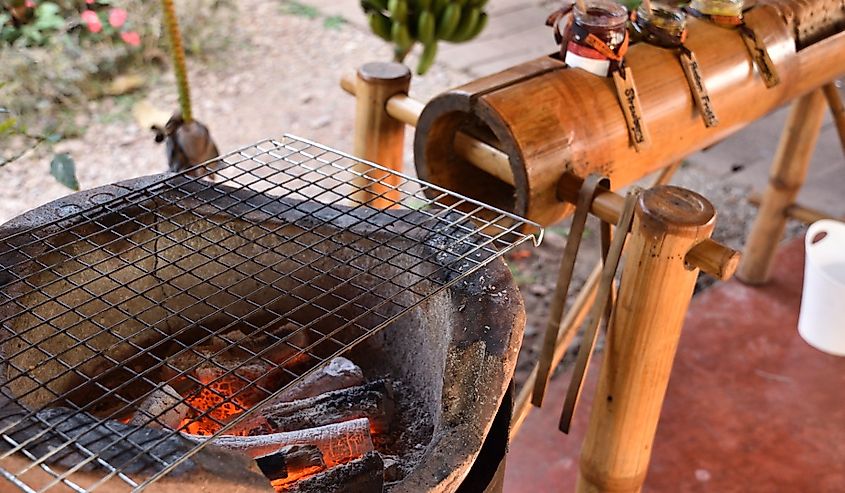
Before the invention of the electric toaster, bread was toasted using metal frames or long-handled forks held near a fire or kitchen grill. These long-handled forks became common in the 16th century, and by the 17th century, wrought-iron scroll-ornamented toasters were being created in Scotland. In the 18th century, similar wrought-iron toasters were documented in England. By the early 19th century, decorative wrought iron utensils for toasting bread over open flames appeared in America. Toasting bread originated as a method to prolong its shelf life, a practice common since Roman times.
Invention of Toasters
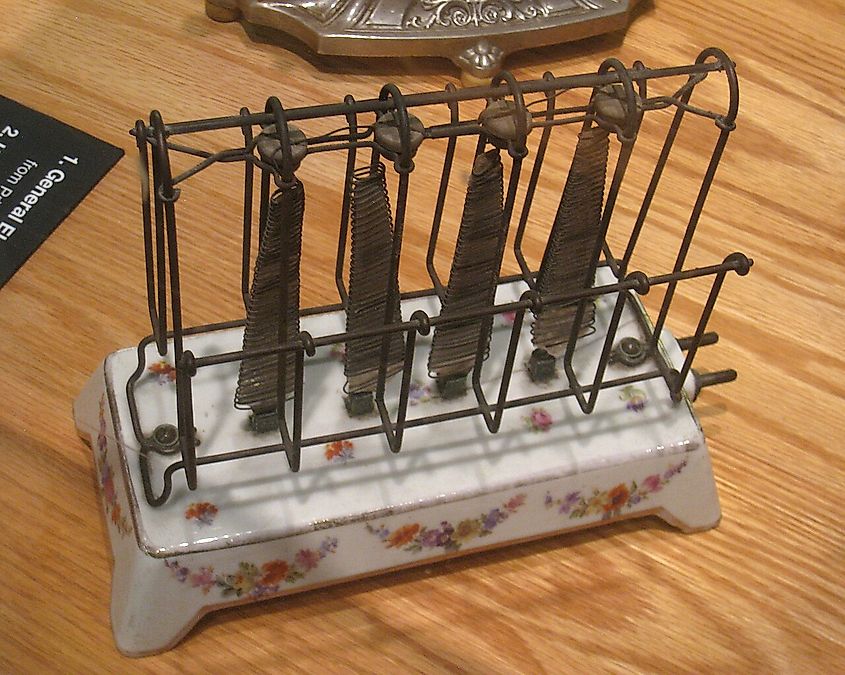
The journey of the electric toaster began with the Eclipse, created in 1893 by Crompton & Company of Chelmsford, Essex. This early model featured bare wires that toasted bread one side at a time. A significant breakthrough came in 1905 when Albert Marsh, a young engineer, developed nichrome, an alloy of nickel and chromium, which transformed heating elements. This innovation led to the first US patent application for an electric toaster by George Schneider of the American Electrical Heater Company, in collaboration with Marsh.
The first commercially successful electric toaster was introduced by General Electric in 1909 with the D-12 model, designed by Frank Shailor. This toaster featured a single heating element and required manual flipping of the bread to toast both sides. While the D-12 was a breakthrough, it could only toast one side of the bread at a time and needed constant supervision to avoid burning—a frequent mishap that inspired the creation of the automatic pop-up toaster.
In 1913, the Copeman Electric Stove Company introduced a toaster that automatically turned the bread, eliminating the need for manual flipping. However, in 1919, Minnesota mechanic Charles Strite revolutionized the toaster with the Toastmaster, which toasted both sides of bread simultaneously. Strite's invention featured a timer and a spring mechanism to eject the toast, minimizing the risk of burning. He was awarded a patent for the Toastmaster in 1921. By 1926, Strite introduced a consumer version with an adjustable timer for preferred toast shades. By 1930, over a million toasters were sold annually, and by 1960, they had become a staple in American kitchens. A century later, the basic design remains largely unchanged, demonstrating the timelessness of Strite's innovation.
Arrival of Modern Toasters
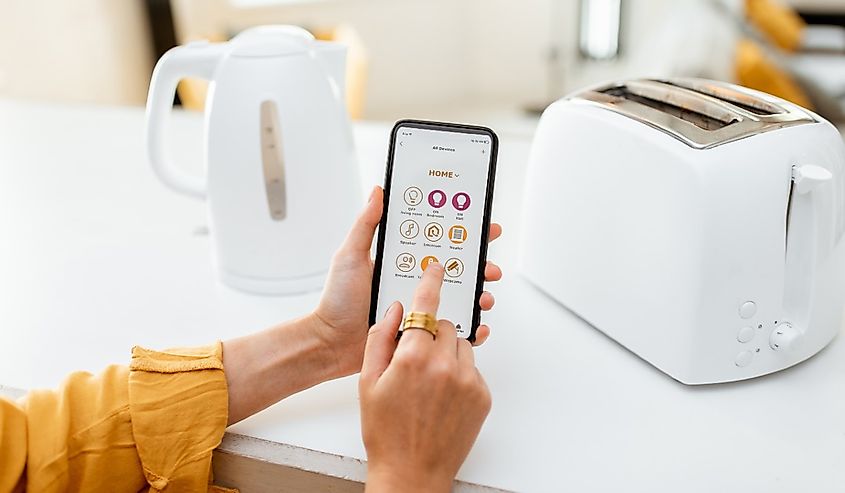
By the 1980s, the introduction of heat-resistant plastics revolutionized toaster design. Toasters with rounded sides and a spectrum of colors became trendy. Wider slots emerged to accommodate bagels and thick bread slices, and some models even featured up to six slots for toasting multiple items simultaneously.
In the 21st century, the term "smart toasters" has gained popularity. These advanced appliances, equipped with microchip technology, can toast a wide range of baked goods, from bagels and English muffins to frozen pastries, offering greater convenience and precision.
